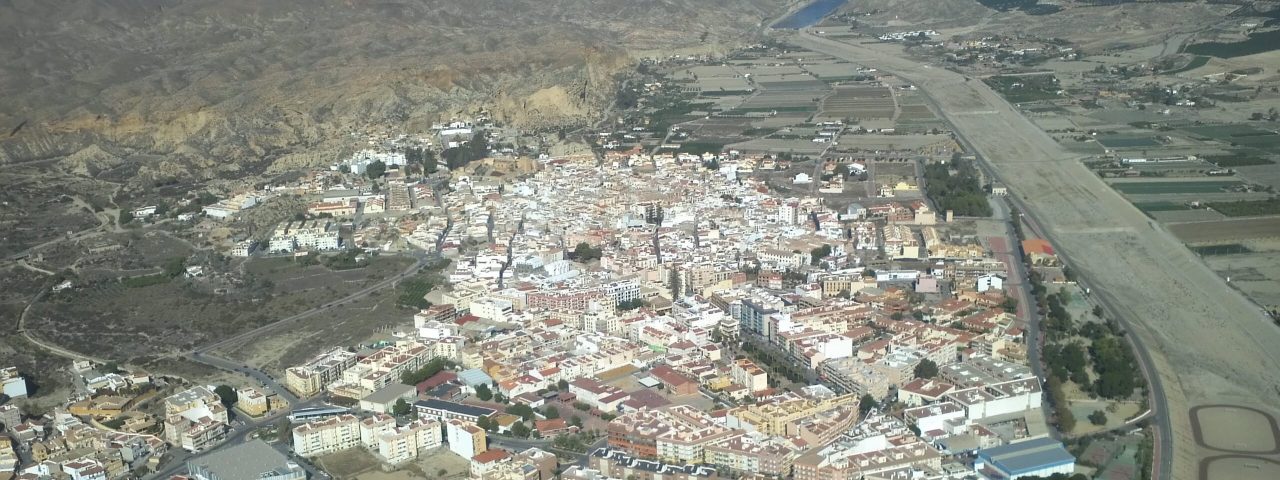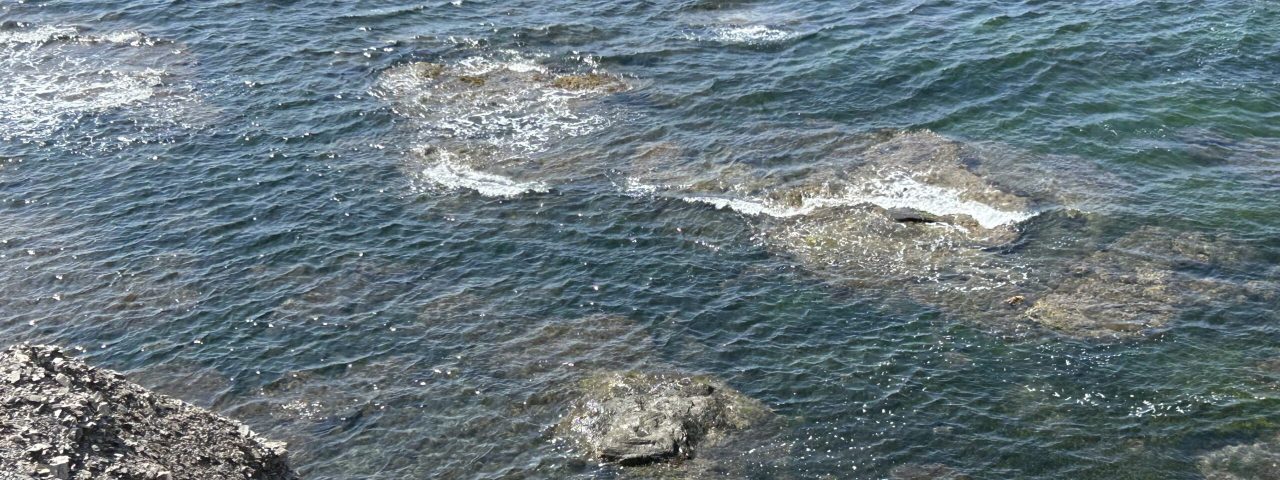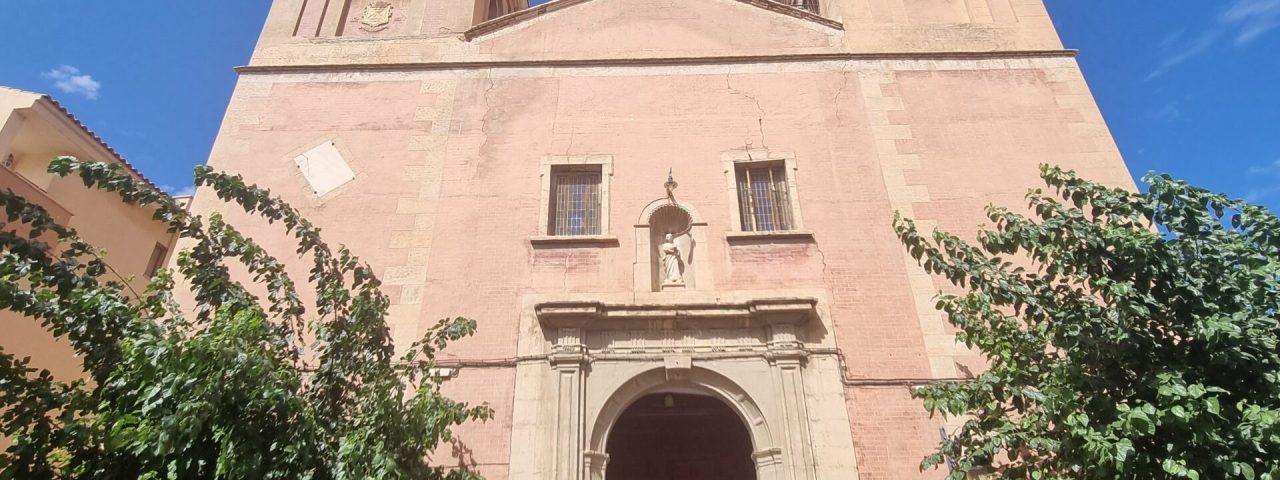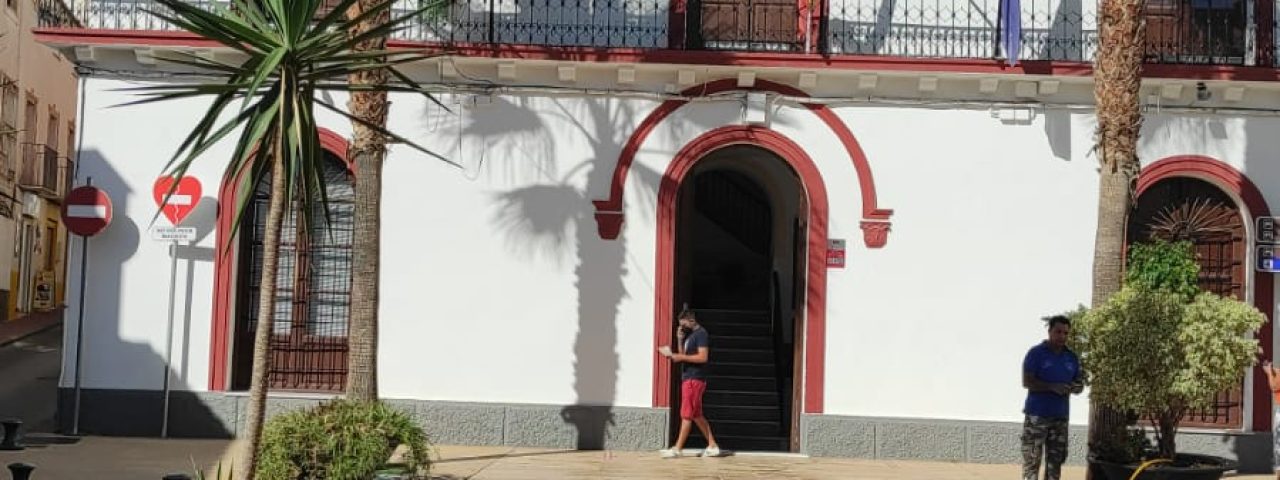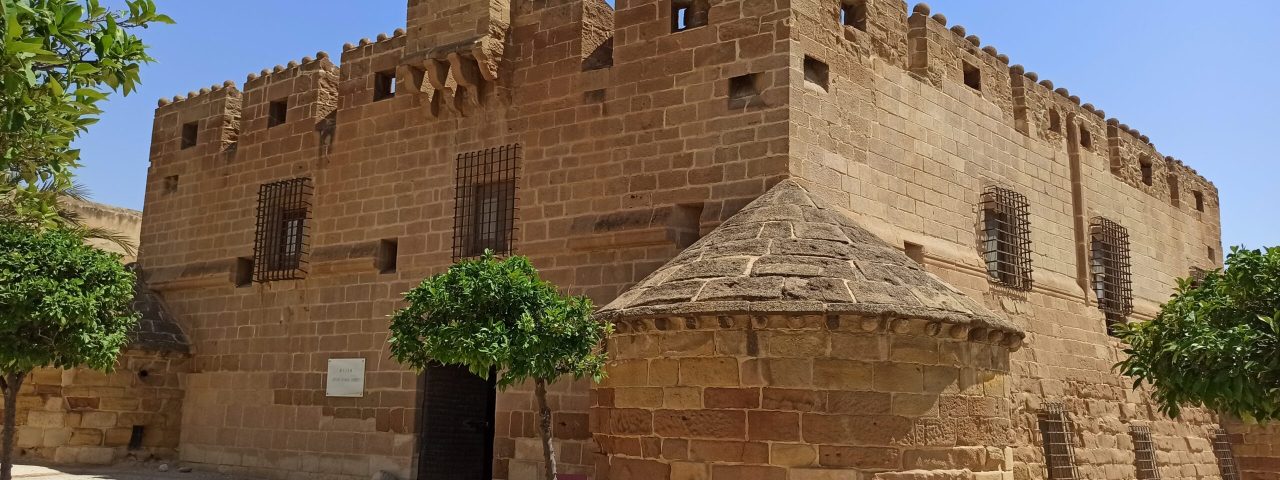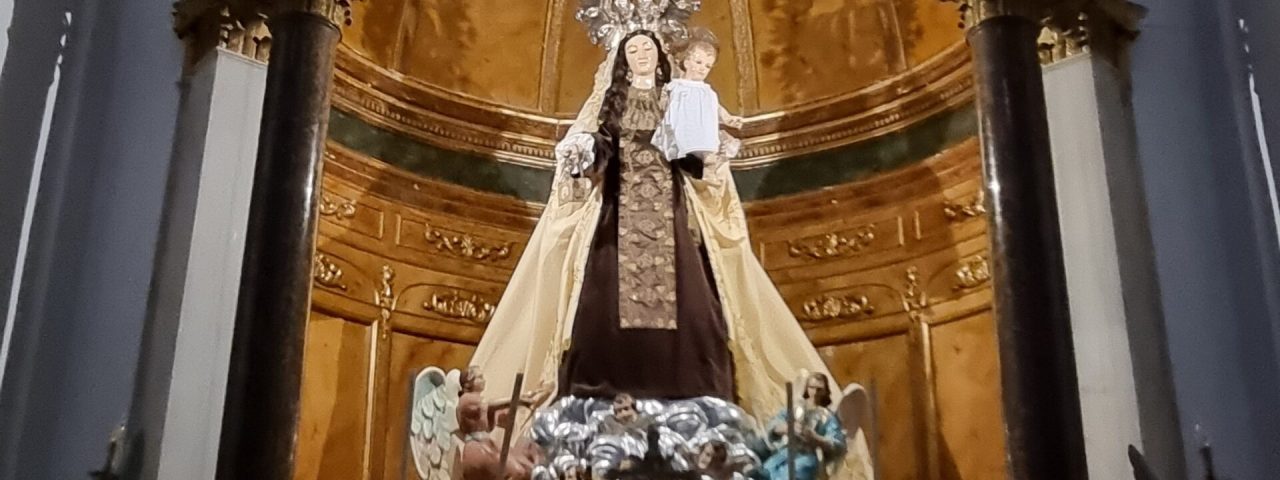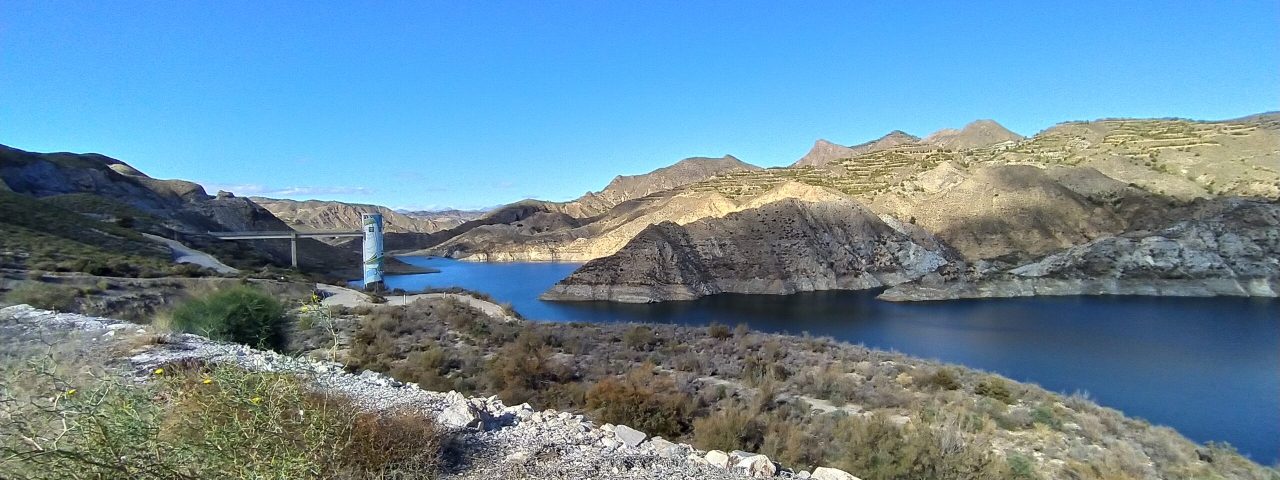Cuevas del Almanzora has a rich and layered history that spans centuries, with influences from various civilizations. The city’s name itself, which means “Caves of the Almanzora,” is a testament to its historical significance, as the area is known for its ancient cave dwellings, some of which date back to prehistoric times. The Romans established a strong presence in the region, using it as a mining hub due to its rich mineral resources. Later, during the Moorish occupation, Cuevas del Almanzora became an important center of trade and agriculture, and many remnants of this period can still be seen today in its architecture and culture.
After the Christian Reconquest, the city became a strategic area for the Kingdom of Castile, and its fortress, Castillo del Marqués de los Vélez, stands as a symbol of this era. The fortress is one of the city’s most notable landmarks, offering visitors a glimpse into its medieval past. The cultural fusion of Moorish, Roman, and Christian influences has left a rich heritage that is still celebrated in local festivals, traditions, and daily life.
The city is also known for its vibrant cultural scene, with several annual festivals such as Semana Santa (Holy Week) and the Virgin of Carmen festivities, which attract both locals and tourists. Traditional Andalusian customs, flamenco music, and dance are deeply rooted in the local culture, providing visitors with a rich, authentic experience of Andalusia.
